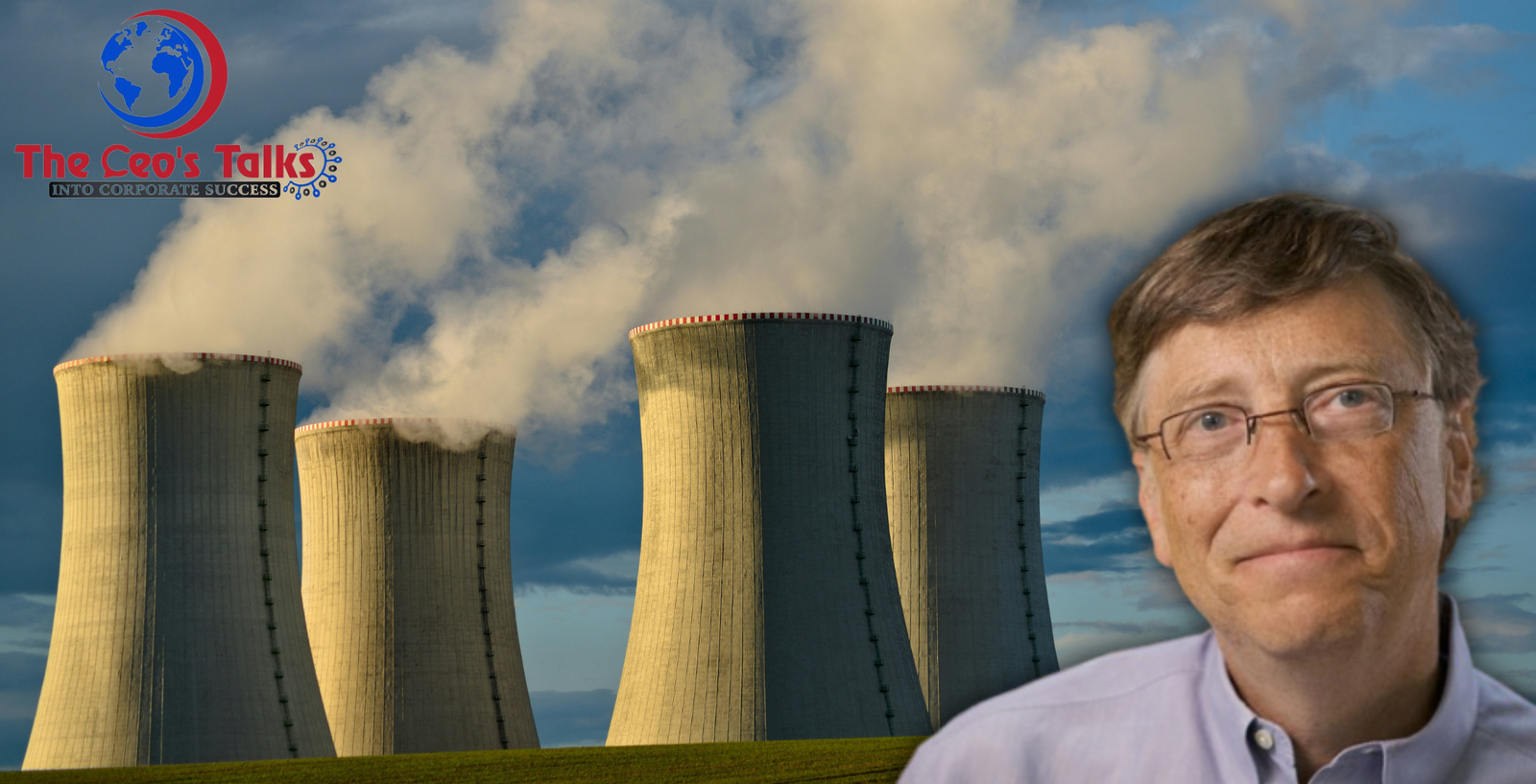Bill Gates’ Vision and Investment in Nuclear Energy
Bill Gates has emerged as a staunch advocate for nuclear energy, viewing it as an indispensable element in the quest for sustainable and reliable power. His commitment to this cause is underscored by his substantial financial investment, estimated in billions, and his active involvement with pioneering companies such as TerraPower. Gates envisions next-generation nuclear reactors playing a pivotal role in significantly reducing carbon emissions, a vision he has articulated through numerous public statements and writings.
Central to Gates’ vision is the development and deployment of advanced nuclear technologies that promise enhanced safety, efficiency, and environmental benefits. Next-generation reactors, such as the ones being developed by TerraPower, are designed to address many of the limitations and risks associated with traditional nuclear power plants. These innovations include advanced cooling systems, superior fuel utilization, and reduced waste production, thereby making nuclear energy a more viable and attractive option for the future.
Gates’ advocacy is not merely rhetorical; it is backed by substantial financial commitments. His investments in nuclear technology are aimed at overcoming the significant technological and economic hurdles that have historically hampered the widespread adoption of nuclear energy. By channeling billions into research and development, Gates seeks to accelerate the progress of nuclear innovation, ensuring that it can compete with other forms of clean energy.
In his public discourse, Gates often emphasizes the urgency of addressing climate change and the inadequacy of relying solely on intermittent renewable energy sources like wind and solar. He argues that nuclear energy, with its capacity to provide constant and large-scale power, is crucial for achieving a zero-carbon future. Despite acknowledging the high costs and inherent risks associated with nuclear projects, Gates remains optimistic about their potential to deliver safe, reliable, and carbon-free energy.
Through his investment and advocacy, Bill Gates has positioned nuclear energy as a cornerstone of the global strategy to combat climate change. His efforts highlight the critical need for innovation and investment in this field to overcome the challenges and fully realize the potential of nuclear power in creating a sustainable energy future.
Challenges: High Project Costs and Associated Risks
The nuclear energy sector faces a myriad of challenges, primarily revolving around high project costs and associated risks. The financial burden of developing and maintaining nuclear projects is substantial, often running into billions of dollars. These costs encompass a broad range of expenses, from initial research and development to construction, operational maintenance, and regulatory compliance. The extensive capital required for these projects can deter investors, making it difficult to secure the necessary funding to bring new nuclear technologies to fruition.
One of the most significant financial hurdles is the cost of research and development. Developing advanced nuclear technologies requires intensive scientific research, sophisticated equipment, and specialized workforce, all of which contribute to escalating expenses. Additionally, the construction of nuclear power plants involves complex engineering and high-quality materials, further driving up costs. Regulatory compliance also adds to the financial strain, as nuclear projects must adhere to stringent safety and environmental standards, necessitating regular inspections, licensing fees, and compliance-related upgrades.
Beyond the financial challenges, nuclear energy is fraught with safety concerns and risks. The management of radioactive waste remains a critical issue, as improper handling or disposal can lead to severe environmental and health hazards. The potential for catastrophic failures, such as nuclear meltdowns, poses significant risks, necessitating robust safety measures and emergency preparedness plans. These safety concerns can undermine public confidence in nuclear energy, leading to political resistance and complicating the deployment of new nuclear technologies.
Public perception plays a crucial role in the acceptance and development of nuclear energy. High-profile nuclear accidents, such as those at Chernobyl and Fukushima, have left lasting impressions on the public, fostering skepticism and fear. This negative perception can translate into political resistance, making it challenging for policymakers to advocate for nuclear energy projects. Despite these obstacles, proponents like Bill Gates argue that the potential benefits of nuclear energy, such as its ability to provide a reliable and low-carbon energy source, outweigh the risks. However, addressing the economic and safety challenges remains essential for the future viability of nuclear energy.




